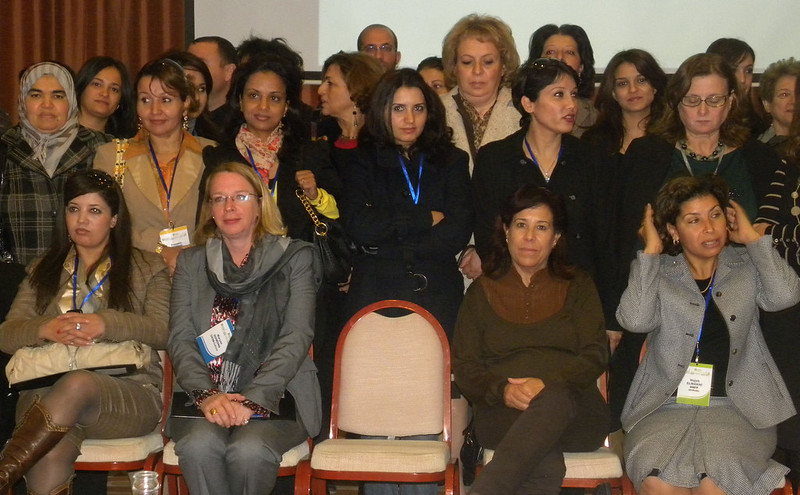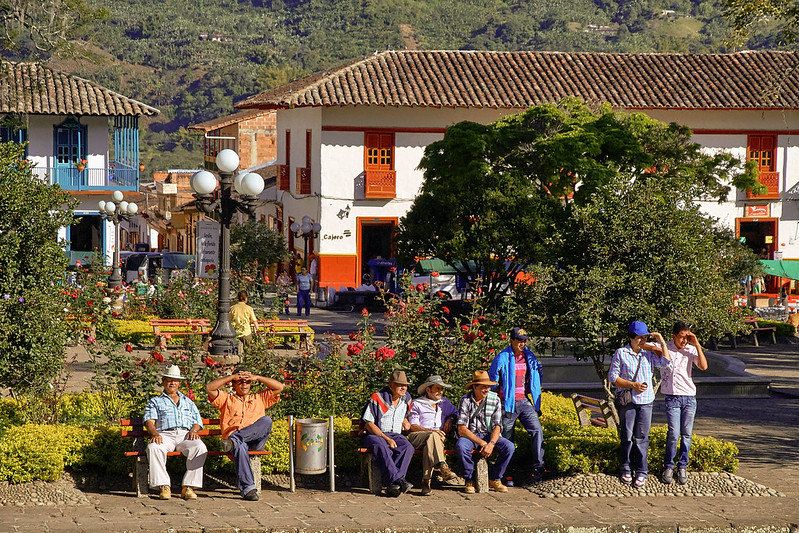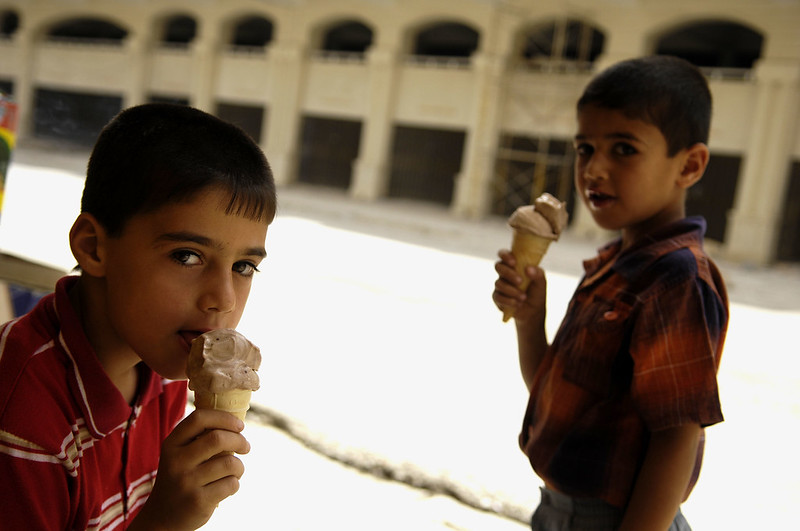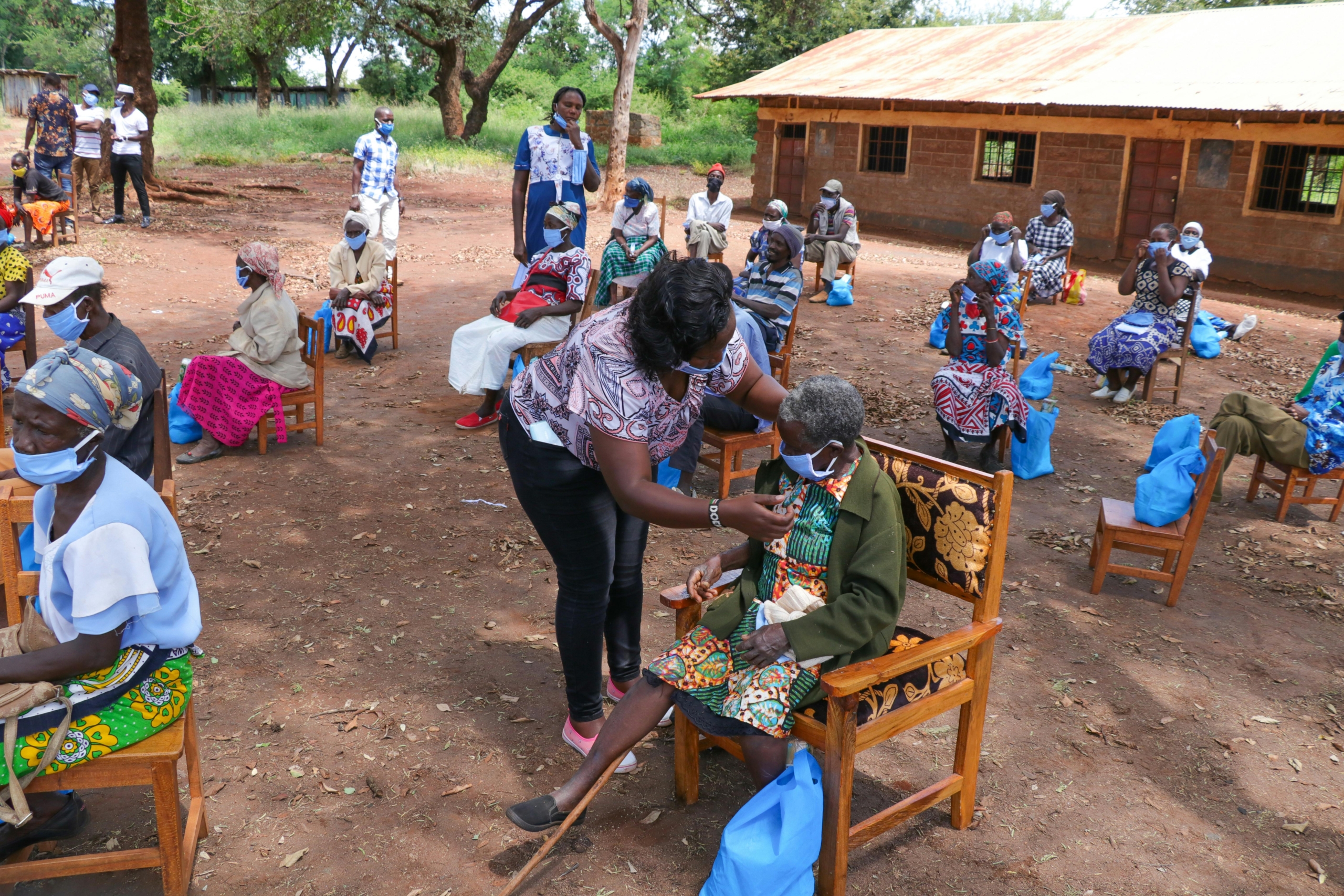 Ethiopia, Africa’s second most populous country, has faced significant economic challenges recently, including a total debt of $28 million, a foreign currency shortage and the default of its $33 million Eurobond in 2023. In response to these pressures, the National Bank of Ethiopia (NBE) made a decisive move on July 29, 2024, by floating its currency to secure much-needed funding. This shift allows for free trade in the foreign exchange market, which the NBE believes will increase the country’s integration with the global economy.
Ethiopia, Africa’s second most populous country, has faced significant economic challenges recently, including a total debt of $28 million, a foreign currency shortage and the default of its $33 million Eurobond in 2023. In response to these pressures, the National Bank of Ethiopia (NBE) made a decisive move on July 29, 2024, by floating its currency to secure much-needed funding. This shift allows for free trade in the foreign exchange market, which the NBE believes will increase the country’s integration with the global economy.
The International Monetary Fund (IMF) and the World Bank have pledged $20 billion in funding in the next four years to support Ethiopia’s economic recovery and growth. This financial assistance aims to boost the financial sector, enhance investment and trade opportunities and advance the overall economy. The plan also focuses on reforming critical areas such as education, renewable energy, urban development and job creation, laying the groundwork for a more sustainable and prosperous future.
Why Does Ethiopia Need Funding?
The effects of the pandemic were felt worldwide and Ethiopia’s agriculture industry, the most significant contributor to the country’s gross domestic product (GDP), was no exception. Accounting for approximately 75% of the workforce and 80% of exports, the sector faced immense pressure as COVID-19 restrictions disrupted the food supply chain, limiting business operations and employment. These disruptions led to decreased crop production, particularly in rural communities, resulting in reduced household incomes, higher food prices and increased financial instability.
Additionally, tensions between Ethiopian and Eritrean forces escalated into the Tigray War from 2020 to 2022. Although a cease-fire agreement was eventually reached, the aftermath of the conflict left widespread devastation across Ethiopia, displacing many people and damaging critical infrastructure. The situation became particularly dire in the Amhara region, with communities deprived of access to food, water and health care. As a result, the area was declared an emergency zone in August 2023.
Relentless natural disasters have also severely impacted Ethiopia in recent years. In November 2023, heavy rainfall caused floods in parts of the Somali region. This year, floods struck several areas, including Afar, Central Ethiopia and Oromia in May and much of the Horn of Africa in June, leading to widespread damage and further displacement. Last month, two catastrophic landslides buried villages in the Gofa zone, marking the deadliest such events in the country’s history. Recovery efforts are ongoing, with humanitarian aid programs working tirelessly to rebuild and restore these devastated areas.
Ethiopia’s Economic Recovery
Since the announcement of the floating currency, Ethiopia’s birr has faced a sharp decline in value, immediately triggering a rise in inflation and widespread concern. In response, the government lifted import bans on more than 30 products that had been restricted since 2022. While this move could enhance Ethiopia’s competitiveness in the global market, the long-term benefits are yet to be seen.
Prime Minister Abiy Ahmed emphasized the importance of this shift, stating that it is “critical to relieving foreign exchange shortages, removing constraints to private sector investment and growth and aligning the prices of imported and exported goods and services with market realities.” The restructuring is expected to keep Ethiopia on track to becoming a middle-income country within the next several years.
Final Note
The $20 billion funding from the IMF and World Bank will help stabilize Ethiopia’s economic recovery by restructuring debt, boosting key sectors and supporting recovery from natural disasters and conflict. This aid is crucial for enhancing global competitiveness and advancing the country toward middle-income status.
– Tanita Love
Tanita is based in Chicago, IL, USA and focuses on Business and New Markets for The Borgen Project.
Photo: Unsplash









